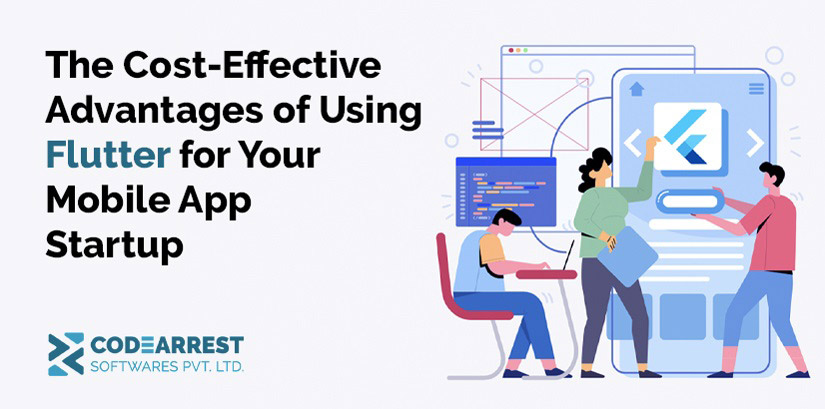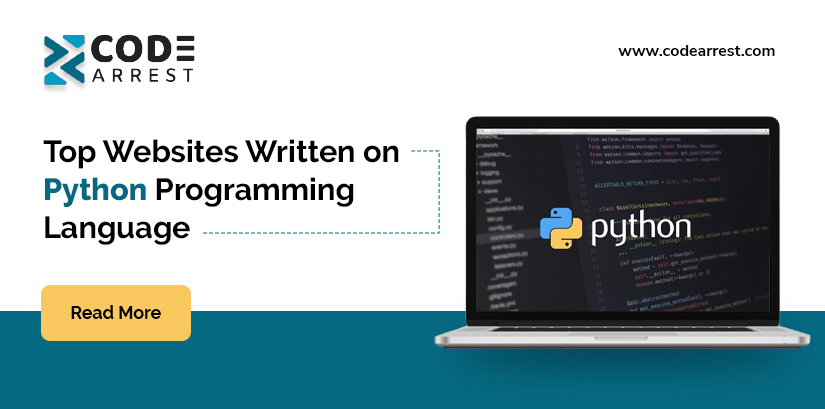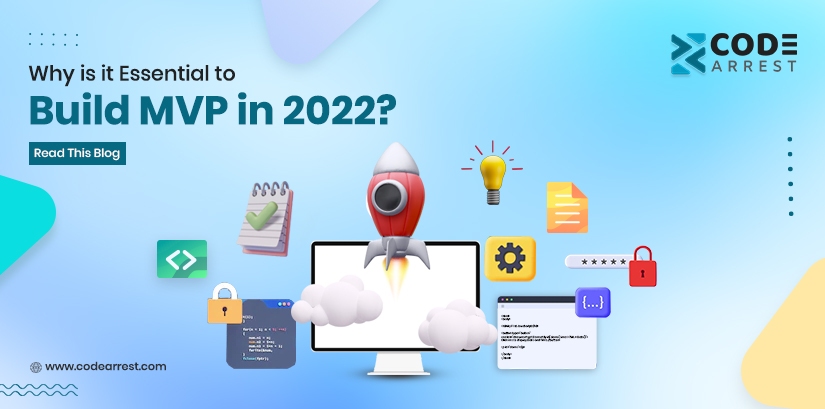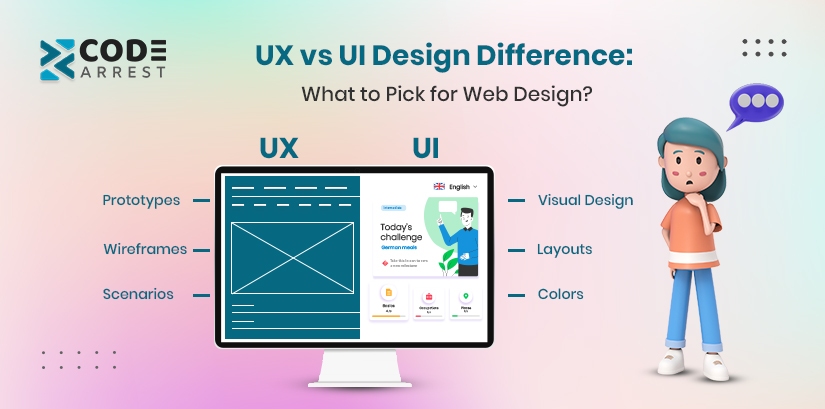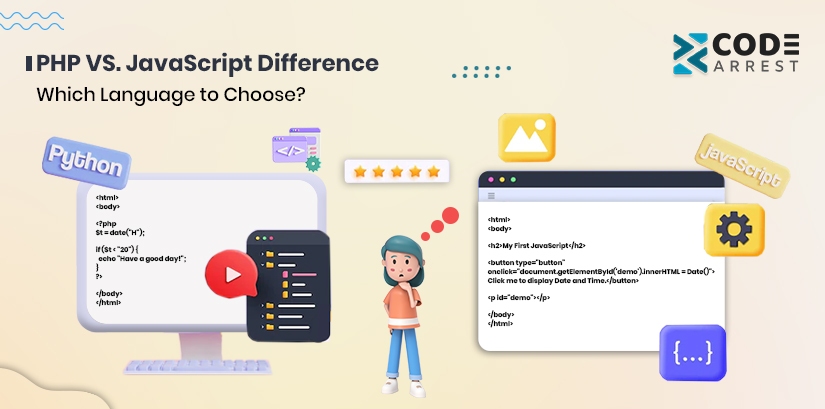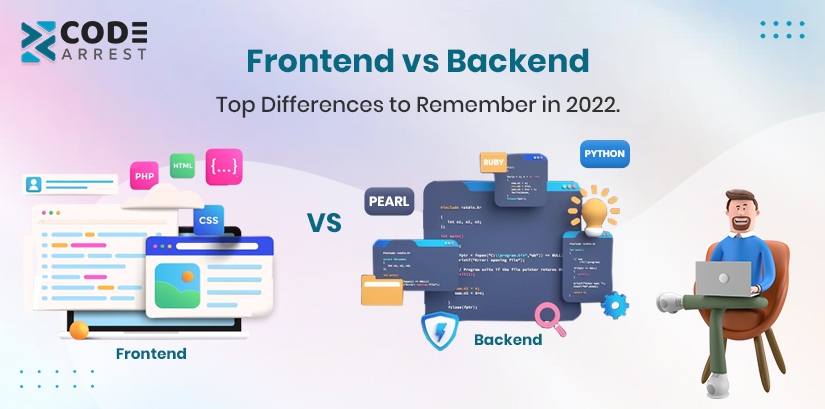The Cost-Effective Advantages of Using Flutter for Your Mobile App Startup
Blogs The Cost-Effective Advantages of Using Flutter for Your Mobile App Startup Introduction Starting a mobile app startup is an exciting journey filled with opportunities and challenges. While innovation and creativity are at the core of your venture, budget constraints and resource allocation can be a daunting task. In this comprehensive guide, we will explore why Flutter, Google’s open-source UI software development kit, is the ultimate choice for cost-conscious mobile app startups. Over the course of this 5000-word blog post, we’ll delve deep into Flutter’s unique features and capabilities that can help you save money, streamline development, and ultimately lead your startup to success. Chapter 1: Understanding Flutter Before we dive into its cost-effective advantages, let’s begin by gaining a solid understanding of what Flutter is. Flutter is a highly acclaimed cross-platform framework that empowers developers to create natively compiled applications for mobile, web, and desktop from a single codebase. We’ll explore its architecture, its use of the Dart programming language, and why it stands out in the world of app development. Chapter 2: Reduced Development Time One of the most significant advantages of using Flutter for your mobile app startup is the substantial reduction in development time. With a single codebase that serves both iOS and Android platforms, developers can work more efficiently, leading to quicker time-to-market. We’ll discuss the “write once, run anywhere” concept and its profound implications for startups, including real-world examples. Chapter 3: Lower Development Costs Reduced development time translates directly into lower development costs. In this chapter, we’ll delve into how Flutter’s unified codebase enables you to build your app with a smaller, more cost-effective development team, resulting in significant savings in salaries and overhead. Chapter 4: Maintenance and Updates Made Easy Maintenance and updates are ongoing expenses for any mobile app. Flutter simplifies this process by allowing developers to make changes once for both platforms, significantly reducing the time and cost associated with keeping the app up-to-date. We’ll also explore strategies for efficient app maintenance. Chapter 5: Rich UI with Minimal Resources Creating an engaging and feature-rich user interface is essential for your app’s success. We’ll discuss how Flutter’s extensive set of pre-designed widgets, coupled with customizable options, empowers startups to develop stunning UIs without the need for extensive design and development resources. Chapter 6: Community and Third-Party Plugins Highlight the vibrant Flutter community and the availability of numerous third-party plugins that can enhance your app’s functionality without requiring substantial in-house development efforts. We’ll provide practical guidance on harnessing these resources effectively. Chapter 7: Real-world Success Stories To illustrate the cost-effective advantages of Flutter, we’ll share inspiring examples of successful startups that chose Flutter and reaped the benefits. These case studies and testimonials will showcase how Flutter contributed to their success. Chapter 8: Security and Scalability In this chapter, we’ll explore how Flutter’s security features and scalability options can contribute to cost-effectiveness by minimizing security-related expenses and ensuring that your app can grow seamlessly with your startup’s success. Chapter 9: Building a Cost-Effective App Strategy Building a cost-effective app startup strategy with Flutter as your technology of choice. We’ll provide practical steps and considerations for optimizing your budget, managing resources, and making informed decisions throughout your app development journey. Chapter 10: Conclusion In conclusion, we’ve explored in-depth the cost-effective advantages of using Flutter for your mobile app startup. By choosing Flutter, you can allocate your limited resources efficiently, reduce development and maintenance costs, and ultimately position your startup for success in a competitive market. Emphasize the importance of making informed decisions and continuously adapting your strategy as your startup grows. This comprehensive guide serves as a valuable resource for startups looking to make cost-effective decisions in their app development journey, leveraging the power of Flutter to achieve their goals.
The Cost-Effective Advantages of Using Flutter for Your Mobile App Startup Read More »

